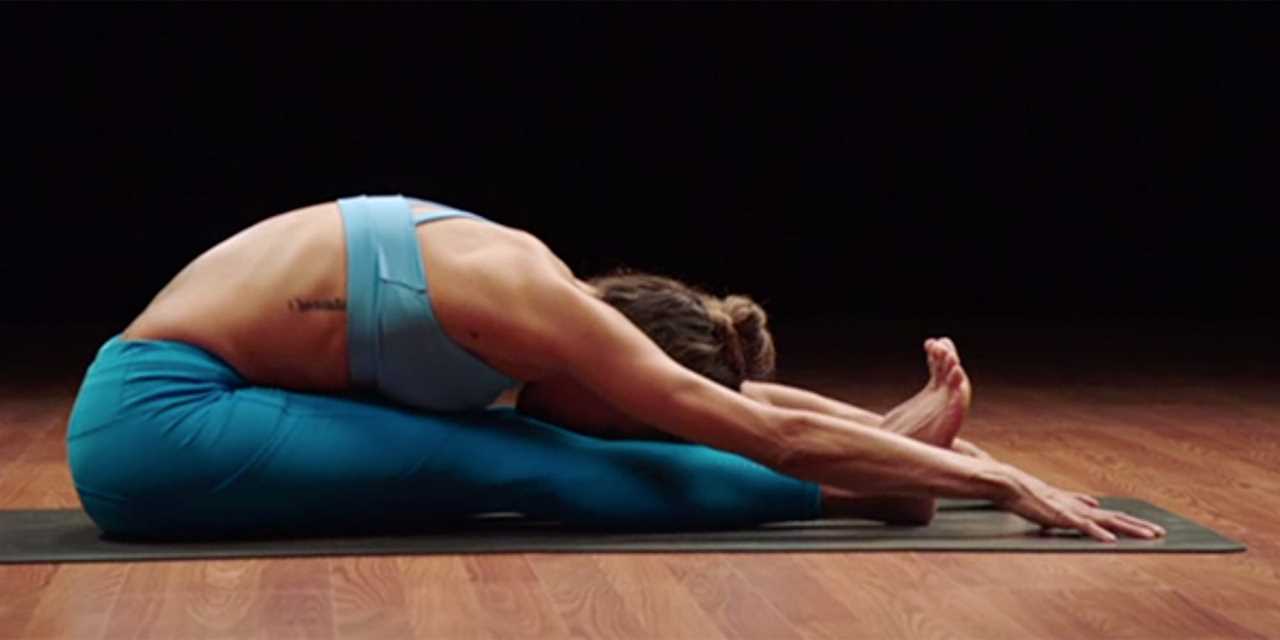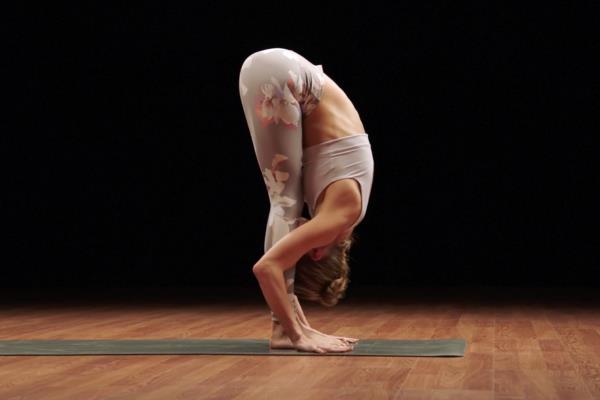
courtesy of beachbodyondemand.comMany people shy away from yoga with the misconception that flexibility is a prerequisite, not a result. However, yoga is precisely the tool to enhance flexibility, and the seated forward bend, or paschimottanasana, is a prime example of a pose that opens up the body's posterior chain, offering numerous benefits beyond simple stretching.
Mastering Paschimottanasana: A Step-by-Step Guide
The seated forward bend may appear simplistic at first glance, but its effectiveness lies in the execution. Starting in staff pose, the movement focuses on a hip-hinge motion, encouraging the practitioner to maintain a neutral spine while extending the hands towards the feet. This pose is not about reaching the toes but rather about feeling the stretch throughout the backside of the body, from the spine through the hamstrings. Holding the pose for five breaths or more allows for a deeper release with each exhale.
Adapting the Pose for Beginners
Flexibility varies greatly from person to person, but paschimottanasana remains accessible to all through modifications. Elevating the hips or bending the knees can make the pose more comfortable, ensuring that everyone, regardless of their flexibility level, can experience the benefits of this stretch without strain.
Challenging Yourself Further
For those who find the basic seated forward bend too comfortable, there are ways to deepen the stretch. Intensifying the pose can be as simple as keeping the legs straight and flexing the toes or using a yoga block to extend the reach of the hands towards the feet, catering to those who seek a more rigorous stretch.
Beginner Tips for Success
It's a common misconception among beginners that touching the nose to the knees signifies a successful paschimottanasana. However, the true essence of the pose lies in maintaining a neutral spine and allowing the upper body to rest comfortably on the thighs, avoiding unnecessary strain. Listening to the body and breathing through the pose are crucial for finding the right depth and benefiting from the stretch.
Why Practice Seated Forward Bend?
The seated forward bend is more than just a stretch; it's a tool for promoting spinal health, flexibility, and inner calm. By engaging the entire backside of the body and encouraging mindful breathing, this pose offers a holistic approach to physical and mental well-being.
Exploring Variations
Those looking to explore similar poses with slight variations can try the standing forward bend (uttanasana), bound-angle pose (baddha konasana), or seated wide leg forward bend (upavistha konasana). Each variation targets different areas of the body, providing a comprehensive approach to flexibility and strength.

courtesy of beachbodyondemand.com
Incorporating paschimottanasana into your yoga practice opens up a world of benefits, from enhanced flexibility to deeper relaxation. Whether you're a beginner or looking to deepen your practice, this pose offers a versatile and accessible way to improve your overall well-being.
*** We hold our sponsor in high regard *** |
| [TAG2]
Image Credit: Patricia Marple / AuthorsUSA.com |
Did you miss our previous article...
https://naturesmart.us/fitness/7-lifechanging-benefits-of-saying-no-to-alcohol
 HealthWellnessFitnessBeautyVideosPrivacy PolicyTerms And Conditions
HealthWellnessFitnessBeautyVideosPrivacy PolicyTerms And Conditions
